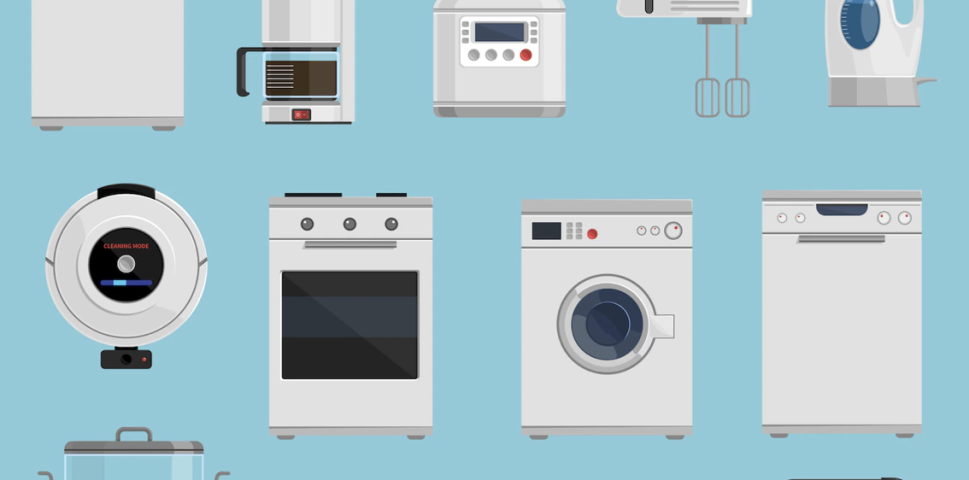Long-awaited, and much-contested, new repairability requirements will soon impact many household electronic appliances within the European Union. Compliance deadlines for these standards start as soon as April 2020.
Until these recent regulatory changes to the EU’s 2009 Eco-Design Directive, electronics repair rights had been successfully resisted on proprietary and safety grounds across target industries. The broader complaint, not commonly articulated by industry, is the discernible shift these repairability standards signal in the relationship between producers and consumer markets.
Right-to-Repair and the Appliance Industries
The repairability requirements can be broadly understood as:
Spare Parts: depending upon the product, 7-10 years’ worth of spare parts continuation is mandated, with a regulated delivery time from the producer of no more than 15 working days;
Access to Repair and Maintenance Codes: professional electronics repairers only (maybe as listed on registries) will be provided with information, some of it programming code, to allow for the repair and maintenance of both the physical and electronic/digital functionality of the product; and
On-line Product Preservation Information: finally, the manufacturer/importer (and not YouTubers) will be mandated to directly provide information on:
- Maintenance;
- Spare parts purchasing; and
- Product guarantee periods, related warranties, etc.
Enforcement of these types of measures will be somewhat different than for Eco-Design standards for energy efficiency (the first environmental product standards). Regulators will need to delve inside producer supply chains, as well as determine the actual effectiveness of these repair rights in the hands of the public. It’s outcome-based and not just specification-driven, and arguably the new model of environmental product compliance.
The Test Case Products
The first product groups caught by repairability standards are large household appliances, such as:
- Dishwashers;
- Washing machines;
- Refrigerators;
- Lamps;
- Televisions and computer monitors (but not laptops, tablets or smart phones)
Just how effective the EU Commission will be in imposing right-to-repair on general consumer products is an open question. For those in the large appliance sectors, 2020 may be a challenging year as producers adjust to this new regulatory model.
New Producer-Public Relationship as Seen Through Repair and “Resource Efficiency”
The EU repairability standards are paired in the changes to the EU Eco-Design Directive with “resource efficiency” requirements – which essentially mandate ease of product deconstruction and recyclability. Together, they arguably place the product manufacturer / importer and the consumer markets they serve in a co-dependent, if not collaborative, relationship to better ensure that product lifecycles are extended and environmental harm from product waste is reduced.
It is these concerns, and not consumer protection or repairer competition, which gives rise to these repairability rights and is a reflection of the coming new deal for consumers.
_____
Finally, it should not come as a surprise that repairability standard replicas are beginning to emerge as either product regulatory requirements or financial incentive programs elsewhere in the world. Producers’ experience under these EU repairability standards, and the broader new relationship with consumer markets, will, no doubt, be informative as to how repair rights emerge elsewhere.





